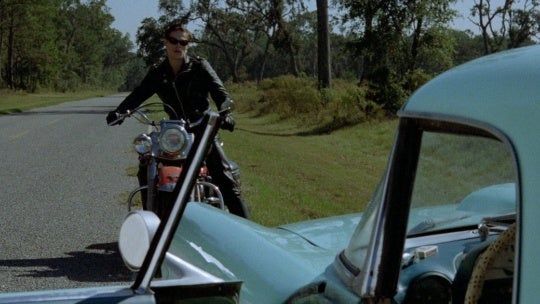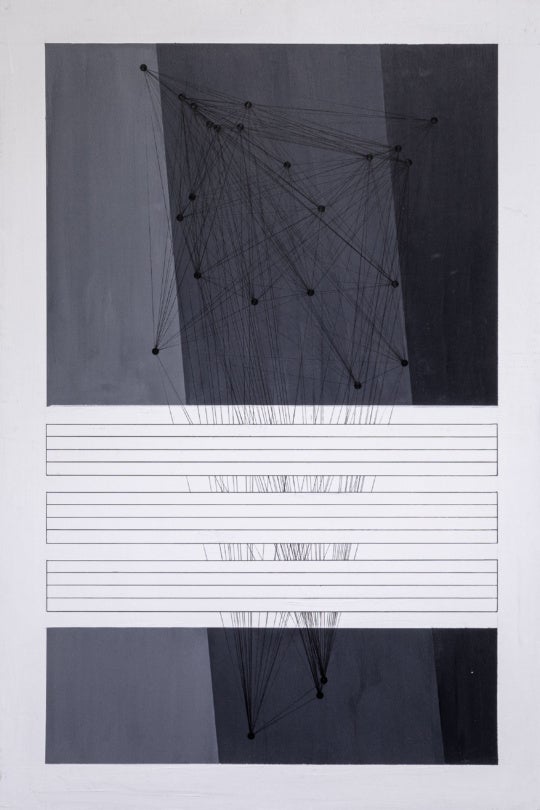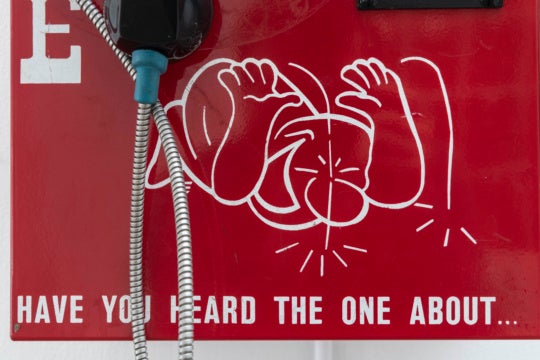Artadia, the New York-based organization that gives awards to artists working in cities outside New York, has just announced the five finalists for its 2017 Atlanta Awards: Clark Ashton, Michi Meko, Masud Ashley Olufani, Charlina Rose-Renaye Smith, and Tori Tinsley [BURNAWAY’s Outreach Coordinator].
The jurors for this fifth round of Atlanta awards were Anthony Elms, chief curator at the Philadelphia ICA, artist Adam McEwen; and Teresa Bramlette Reeves, director of curatorial affairs at the Zuckerman Museum of Art in Kennesaw, GA.
Of the Atlanta applicants, Reeves noted: “I am really pleased and excited about the list of five finalists as it represents a strong sampling of the breadth of work being produced by artists in Atlanta. It is a bit of an irreverent list too, satisfyingly open.”
Artists who have lived for at least two years in the 23 counties of Greater Atlanta were eligible to apply. Over 150 artists applied. The finalists will receive studio visits with the second-round jurors. Two artists will each receive $10,000 cash prizes. The winners will be announced in mid to late November.
The 2017 Atlanta Artadia Awards are supported by MailChimp, the Tim & Lauren Schrager Family Foundation, Artadia’s Board of Directors, Atlanta Council members, and many individual donors in Atlanta.
Jiha Moon and Cosmo Whyte received the 2016 Artadia awards. Both were also finalists for the 2017 Hudgens Prize.

CLARK ASHTON
At his Mechanical Riverfront Kingdom on Druid Hill, Clark Ashton confronts life’s inherent cruelty and unfairness by asserting truth and establishing history with an assuming permanence that challenges existing power structures. Farmer engages issues both urgent and timeless with a keen sense of craft and a vision driven by independent thought. He constructs cosmologies and interacts with the public in an environment removed from the setting of sponsored spaces where power and politics censor expression and control agendas in insidious ways.

MICHI MEKO
In 2015, Michi Meko almost drowned. Inviting this life changing event’s influence into his studio practice, recent works focus on the Black experience of navigating public spaces while remaining buoyant within them. African Americans in public space are consistently threatened, visibly and openly with the evidence sharing offered by social media. Barrages of images simulates an experience of drowning. The work incorporates the visual language of naval flags and nautical way findings and romanticized objects of the American South to communicate the psychological and the physical. Beyond the physical image of the body, objects become metaphors for self hood and resilience.

MASUD OLUFANI
Masud Olufani’s work blends formal elegance, emotional integrity, and spiritual resonance. His thematic concerns include issues such as race, social stratification, history, and memory. The oral traditions of the Deep South and West Africa weave a consistent narrative thread throughout my work expressed by the juxtaposition of disparate materials charged with psychological, historical, and sociological implications as well as the implementation of new media–audio recordings and video- -to articulate a conceptual idea. Olufani’s commitment to process reflects his conviction that the maker imbues the object with spirit through physical labor, fueled by vision and creativity.

CHARLINA ROSE-RENAYE SMITH
The Inner City Urban: Vine City is a continuous photographic declaration of the significance for the lives of Black Americans amidst the loss of historic Black neighborhoods. This body of work highlights the common misperception of African-Americans narrated by the media. It brings awareness to the current state of a low-income neighborhood on the verge of gentrification over revitalization and restoration in Atlanta, GA. The works draw attention to the truth and authenticity of the people and their reality, what they look like, where they live, and how they act.

TORI TINSLEY Tori Tinsley’s work explores her changing relationship with her mother as she succumbs to a degenerative brain disease. Through the interaction of two figures, she conveys the challenging emotional experience of such an ambiguous loss; feelings that include despair, longing, disbelief, and even hope. These works not only serve as premature memorials to her mother, but they also stand as monuments to resilience and highlight how painting can serve as a proxy for reconnection.





